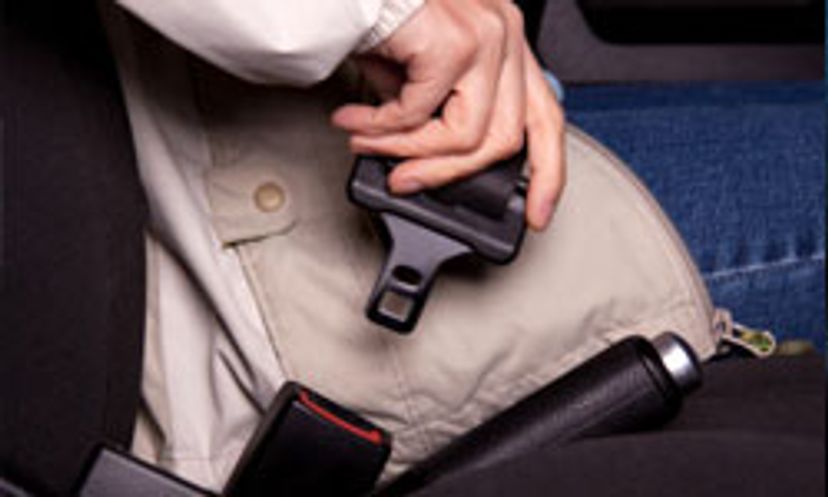
About This Quiz
Believe it or not, there are many different aspects to driving safety. How knowledgeable are you when it comes to driving safety? Take this quiz and find out!According to the NHTSA, seatbelts reduce the risk of death for a front-seat car occupant by about 50 percent. How Seatbelts Work
Some seatbelt systems use load limiters to minimize belt-inflicted injury. The basic idea of a load limiter is to release a little more belt webbing when a great deal of force is applied to the belt. How Seatbelts Work
In a crash, at just 30 miles per hour (48.3 kilometers per hour), an unrestrained passenger is propelled forward with a force 30 to 60 times their body weight. How Child Car Seats Work
Advertisement
Seatbelts are designed to hold you in the car and spread the destructive force of the impact over the more resilient parts of your body, increasing your chances of avoiding death or serious injury in a crash by up to 50 percent. How Child Car Seats Work
Something as simple as putting on a seatbelt could save your life in an accident; in fact, they save about 11,000 lives per year [source: NHTSA]. How Defensive Driving Works
Drivers today aren't only on their phones -- 60 percent of drivers are also distracted by eating while driving. How Defensive Driving Works
Advertisement
Some defensive driving courses are held online so that drivers can learn right at home. Online courses feature interactive screens where users learn defensive driving techniques and take quizzes designed to test their new skills. How Defensive Driving Works
Passive driving safety refers to systems in the car that protect the driver and passengers from injury if an accident does occur. How Defensive Driving Works
Sometimes drivers' parallel parking skills restrict their parking space options. A self-parking car can fit into smaller spaces than most drivers can manage on their own. How Self-parking Cars Work
Advertisement
Most people need about six more feet than the total length of their car to successfully parallel park, although some expert drivers can do it with less space. How Self-parking Cars Work